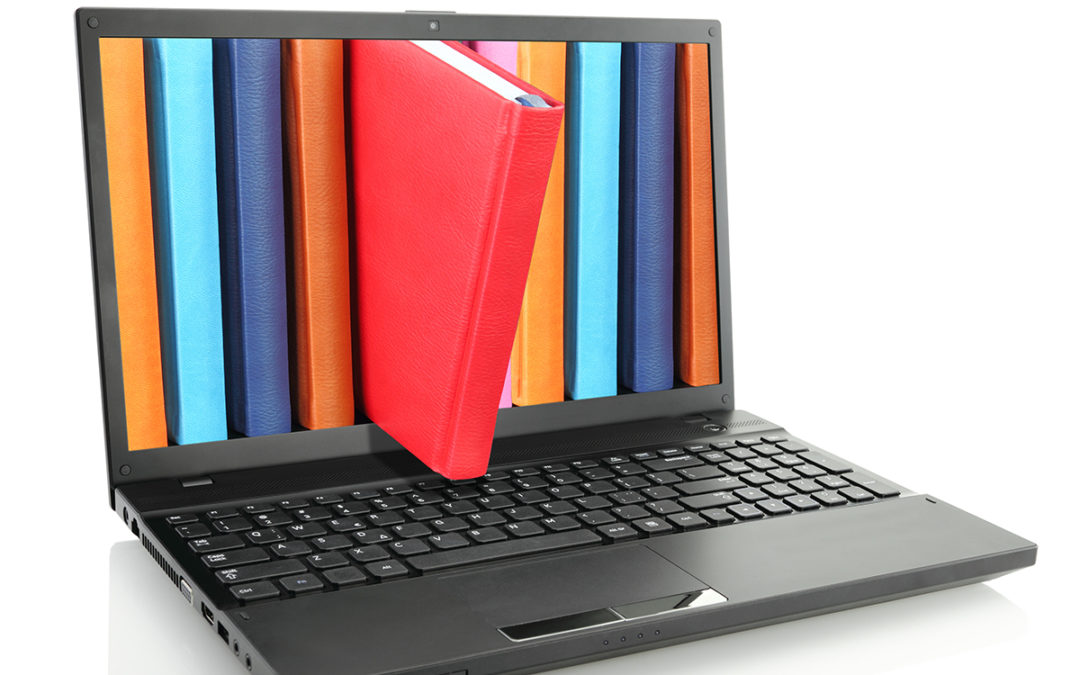The internet has united communities globally, easily allowing for the sharing of resources in nearly every industry. In education, these resources are called open educational resources. Open educational resources for K-12 can unlock new learning pathways and engage students in exciting ways.
What are Open Educational Resources?
Open educational resources (OER) are teaching and learning materials that are free to use and disseminate. They are either public domain or released under a license that allows the materials to be freely used.
Types of OERs
OERs cover a very broad range of materials and can include any of the following:
- Textbooks
- Lesson Plans
- Lecture Notes
- Syllabi
- Assignments
- Handouts
- Tests
- Images
- Videos & Other Multimedia
- Historical Documents
Why OERs Are Important
OERs overcome copyright and license barriers that prevent vital educational resources from being accessed and shared locally, regionally, and globally.
Fundamentally, education is about sharing. A teachers share knowledge with students. Teachers share lessons plans with each other. Until the advent of the internet, books were the main channel to share collective knowledge.
The internet has provided something that books could never do—access. The internet made it possible for people worldwide to access and share educational resources without the high cost of ordering or shipping books. The only thing that stands in the way of this access is copyright laws.
While necessary, copyright laws can prevent the shared nature of educational resources. OERs overcome this hurdle by providing materials that are public domain or under a license that allows materials to be freely used, like a creative common license.
The benefits of OERs are many. They’re access and flexibility are unparalleled. Not only do they supplement lesson plans, but they can also expose students to wider range of learning materials. OERs can also reduce the cost of education for students, in turn reducing financial burden, which is especially meaningful in low-income communities.
OER Limitations & Challenges
There are virtually no limitations with OERs. Since their free to use in the public domain or under a creative common license, they can also be adapted to lessons, curriculums, and students as needed. Educators can edit or modify OERs according to their specific needs. They can also continue to share original or modified OERs as they see fit.
In short, OERs can be:
- Reused in its original, unedited format
- Retained for personal archives or future reference
- Revised, edited, or modified based on needs
- Remixed with other similar content to create something new
- Redistributed in its original or edited version
However, herein lies the challenges with open educational resources. Since technically anyone can create an OER, ensuring quality resources can be problematic. Be sure to review OERs prior to class use to ensure they are credible and accurate. You can also use this set of downloadable rubrics from Achieve to verify quality.
Where to Find Open Educational Resources for K-12
Looking for open educational resources for K-12? Check out the below resources:
- OER Commons: public digital library of OERs
- Creative Commons: a nonprofit organization with a huge library of shared content
- Edutopia: while Edutopia is not solely an OER library, it does have many helpful guides and roundups
- World Digital Library: vast library of primary materials from countries and cultures around the world
- cK-12: OERs for K-12 with a STEM focus
- Khan Academy: free lessons from K-12 to early college in math, grammar, science, history, AP®, SAT®, and more.
- PBS Learning Media: curated videos, interactives, and lesson plans
- Achieve: while not solely an OER library, OERs are available
AGParts Education supports 6,000+ innovative 1:1 school districts in Chromebook parts supply and technology buyback. Contact us today to see how we can help your school.


Recent Comments